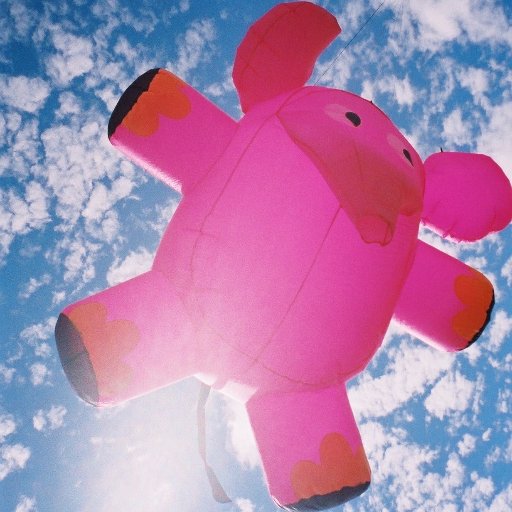The End of All Things
Walking westwards down Wilshire from our new apartment towards the commercial centre of Santa Monica, a funny but almost magical thing happens. The street that pumps like a main artery through the centre of LA seems to vanish into a blue haze in the distance. It’s the Pacific Ocean, of course, but it comes as a shock. The transition from urban cityscape to tranquil blueness is so sudden, so final, as if the land ends because some deistic development scheme just ran unexpectedly out of cash one day. How much more sudden must it have seemed for those travelling westwards not along Wilshire, but across the entire continent, thousands of miles which must have appeared infinite, unboundable. But with another infinite, unboundable space beyond. It feels like the end of all things.
It’s a strange yet obvious place to find a sense of genuine community that’s missing from so much of LA. Strange because it’s so close to the rest of greater LA. The loaded LA term would be ‘freeway close’ — loaded because Santa Monica works as a community partly because even if one might travel to and from it by freeway, one travels within it by foot, bicycle, skateboard. Human-scale transport. If you need a freeway, then you’re not close, no matter how long it might take you to navigate. Obvious because communities tend to form on edges and in extreme conditions, and Santa Monica in its own way has both of those. Hemmed in by the LA sprawl on one side and the expanse of Pacific on the other, people are squished together enough to overcome the repelling forces of distance and car-pod insularity, and let the attracting forces of community take hold. Find somewhere where geography constrains expansion — Manhattan Island, central San Francisco — and you’ll find society.
And where you find genuine society, you’ll find left-of-centre politics. It’s almost dizzyingly refreshing to feel part of a community whose politics are informed, slightly radical, perhaps — whisper it — even slightly socialistic. Even the sad demise of Midnight Special, a fantastic Santa Monica bookshop with a left-wing flavour, can’t dent the feeling too much. It’s hard not to feel a twinge of hopelessly naive optimism.
And hard not to see, in the faces of the Santa Monica homeless, a measure — perhaps only a measure, but even so — of peace. There are showers on the beach for them to use. The sun shines most of the time. If they can’t have a roof, then at least they can expect not to be cold too often. The authorities are largely tolerant of their presence. Indeed, one might almost claim that the homeless in Santa Monica are integrated into the community. The lined, weathered faces and occasional random utterances from the older homeless speak of hard and damaged lives, but there are far worse places they might be than here. Here, at the end of all things, they can at least live out their days with some small comforts.

No Comments